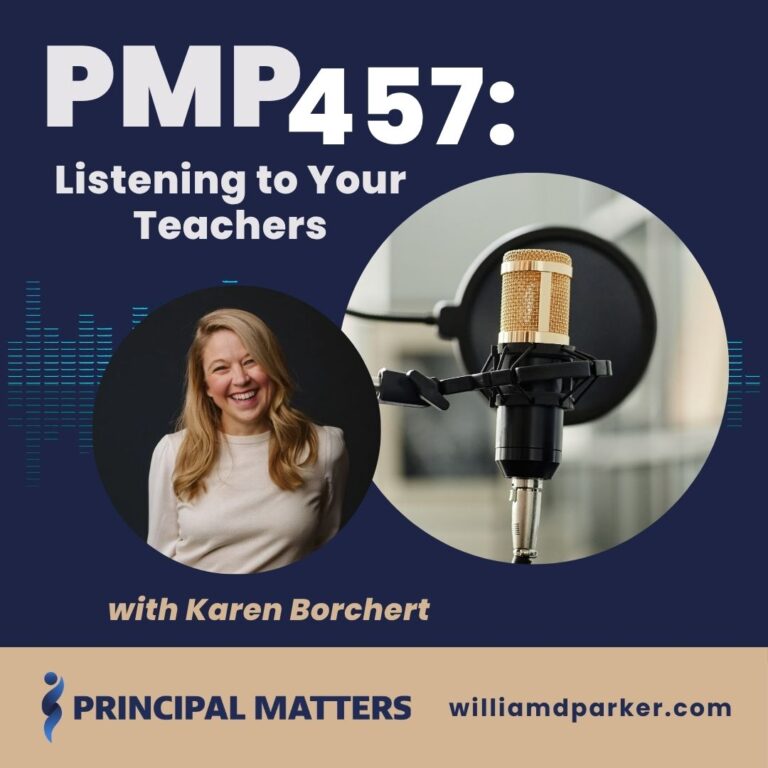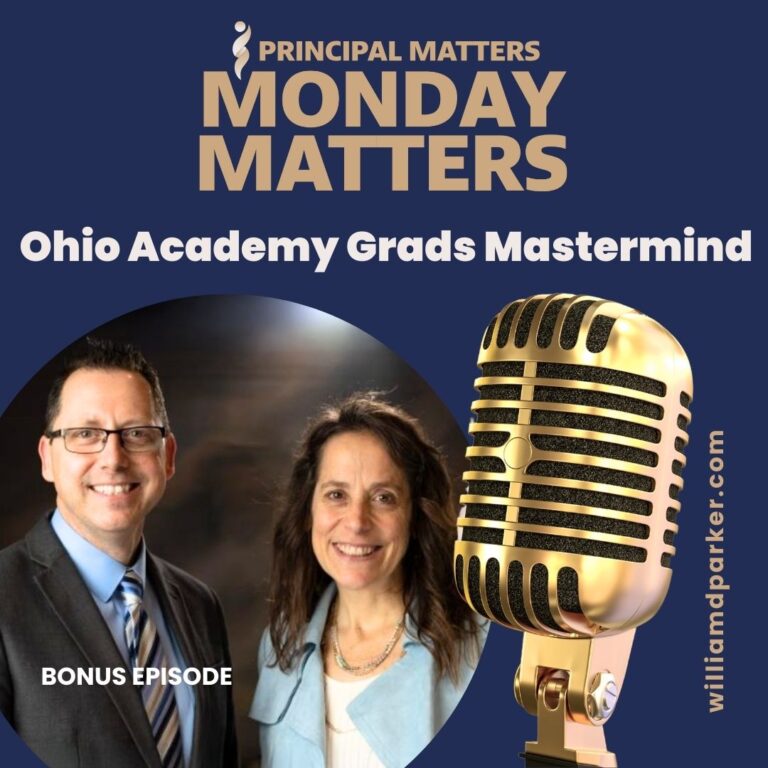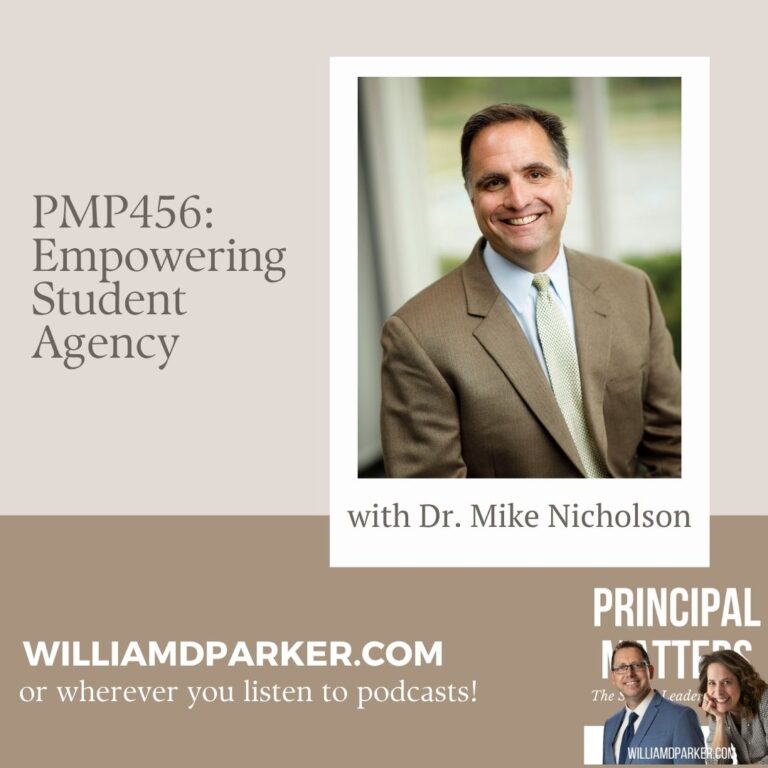Podcast: Play in new window | Download
A few years ago, I had the privilege to participate in a ten-day tour of four cities in China.

On one leg of the trip, I sat by a Mongolian woman who was fluent in English and on her way home after completing graduate studies at Boston University. We enjoyed trading stories about our families, home, schools, and studies. Toward the end of our conversation, she turned to me and asked poignantly, “Why do U.S. schools not measure up to other nations on standardized tests?”
This was a fair question. After all, I’m sure she had seen the statistics commonly discussed in higher education about the comparison of U.S. public school scores to students in other industrialized nations. I also knew she came from a situation and background that allowed her access to higher education, so she had seen first-hand how helpful her own education had been.
As a good teacher tries to do, however, I answered her question with some questions of my own.
“Before I answer your question, can you tell me something?” I asked. “At the schools you attended growing up, how many students did you know with disabilities?”
“What do you mean?” she replied with a serious expression.
“Anyone in a wheelchair?”
She thought for a moment. “No,” she responded.
“Did you know any students who struggled with reading or dyslexia? Did you attend school with anyone who required an interpreter? Did your school service students who were seeing or hearing impaired? Any pregnant girls at your school?”
She shook her head each time. “No. Not that I know of,” she said.
“You see,” I explained. “In U.S. public schools, we accept every student: the ones who struggle and the ones who excel. Our test scores reflect all their outcomes, not just select groups.”
“I never knew that,” she said with a surprised look.
We had a good conversation with a perspective she had not known before.
A Perspective Check
As school leaders, we know that we are ultimately held responsible for the wins and losses of our schools. At the same time, you have to keep your school’s outcomes in perspective with the realities each school faces. Let me be clear. This is by no means an excuse for mediocre expectations or outcomes. On the contrary, I believe all schools, especially K-12 public schools face similar challenges that require a common mission: helping our students overcome serious obstacles so that they perform well in spite of, not in absence of, those difficulties. This is true no matter whether you’re serving in public or private.
But public schools, unlike our private or charter counterparts, have an especially unique setting where seats cannot be reserved and children cannot be denied services. That is why I believe comparing our U.S. public schools to our international counterparts is often like comparing apples to oranges. And I feel the same about conversations involving school choice or portability.
I talk about this in more length in a post where I reviewed Rick DuFour’s great book, In Praise of American Educators, where he catalogs the false assumptions many have made about public schools. In short, his research shows that when you compare the highest achieving subset of students in U.S. schools–even ones from diverse national or economic backgrounds–the U.S. students outscore every comparison group around the world. Yet if you compare all students from America’s public schools to international scores, we fall below others. DuFour is making the point that scores from most other industrialized nations are based on the highest achieving students who have been selected to progress onto their next levels of schooling. This is what happens in many Chinese schools, for instance. Many of these comparison nations are only testing their brightest students. American public schools test them all.
Some Sobering Stats on K-12 Schools
Please don’t misunderstand me. While the comparisons are not fair, many U.S. schools certainly are facing daunting trends. And because we serve every demographic, income-level, or students with or without disabilities, the results vary widely school to school. A few years ago, I listened to a presentation by Bill Daggett, Founder and Chairman of the International Center for Leadership in Education. His research is a vivid reminder of ways American schools are still struggling with outcomes.
Here are some statistics he shared from his research that I wrote down during his lecture:
1. There is a growing trend in the percentage of young people who are no longer eligible for the military.
According to research at the time, 70% of the young people in America were considered unqualified for military enlistment. Not having a high school diploma eliminated 30% of potential enlistments, and the inability to pass basic literacy test excluded another 28% who could not pass the ASVAB. Also, the ASVAB has become harder as the military requires more advanced critical thinking skills. And finally, a growing number have become ineligible to enlist because of lack of fitness due to obesity, drug-abuse, or a record of incarceration.
As Daggett explained, if students are not ready for the military, they are not employable in other jobs that require advanced critical thinking. Daggett asked his own poignant question, “Are 70% of our young people headed to a life of public assistance?”
2. Many American students are also not college ready.
Consider these statistics Daggett shared as well:
• 51.7% of two year college students need remediation;
• 19.9% of four year college students need remediation;
• 44.5% of two year college students drop out;
• 34.8% of four year college students drop out.
The point is that even when students go to college, an alarming percentage never finish.
3. Many American students are also not considered career ready.
Another statistic Daggett shared at the time was that 13 million Americans were unemployed, but 3.8 million jobs (many of them $50,000 a year or more) in the U.S. remained unfilled. Those were numbers during the recession, and the unemployment numbers today have gone down by almost half, but the challenge still remains: Skilled jobs require advanced training or degrees, and students without either often end up in jobs that pay less.
4. Many American students are a challenge to employ.
Just because a student has a degree, doesn’t mean he/she is employable. Your major matters a lot, and many students are not choosing majors that result in skill-level jobs. At the time of the recession, for instance, 53.6% of Bachelor’s degree holders under 25 were jobless or underemployed. That number has improved with the economy, but as Daggett put it, “College should be a means to an end, NOT the end.” If we want to see our young people finish college and find employment, than they must also choose education paths that make them employable.
5. As technology becomes more sophisticated, we are losing low level jobs.
As technology develops, job descriptions change as well. As Daggett put it, “Anything you can write an algorithm for can be done more efficiently by technology than by a person.” Students should expect training or education beyond high school, but it needs to be for skills that can match an ever-changing job market. Our young people must constantly adopt as technology are constantly producing new challenges and opportunities.
So How Do We Respond to the Competing Narratives?
When you look at the competing perspectives on public education, it is easy to be confused. On the one hand, we are not comparing apples to apples when looking at test scores in U.S. public schools compared to international counterparts who only advance the highest performing students to upper level schools. But at the same time, the condition of many American schools is urgent and real. All students need access to education that is meaningful and effective.
The sad part is that policy makers are often divided on the right solutions for how to meet these needs. Many seem to want to abandon K-12 public education for charter or voucher options. Others seem to suggest that the solution involves a quick fix of legislative or policy initiatives that would redesign our schools. For a growing number of policy makers, they simply portray today’s schools as broken models.
Let’s Be Honest
One of the biggest challenges in addressing challenges facing American schools is this constant tension. Supporters of public education are accused of burying their heads in the sand. Proponents of more accountability or policy options including charter or voucher proposals are accused of mischaracterizing public schools.
So here’s my question for a conversation about K-12 education: how do we find solutions together? I’m not attempting to settle that argument. But instead, I would like to suggest it is sensible to admit where schools struggle and need to grow while at the same time celebrating the best practices and successes that are already working.
The good news is that hundreds of models already exist for how to operate schools that work. Researchers have spent decades identifying school models that show improvement despite their challenges. For example, if you check out ICLE’s website for case studies on model schools, you will find examples of schools that have demonstrated excellence in five areas:
1. Student Achievement
2. Instructional effectiveness
3. Teaching
4. Instructional Leadership
5. Organizational Leadership
Another resources can be found at the National Association of Secondary Principal’s list of Breakthrough Schools. NASSP identifies the schools that emphasize the following:
Collaborative leadership: professional learning communities, shared leadership, and student and staff leadership development
Personalization: attention to all students, mentoring, and school/community connections
Curriculum, instruction, and assessment: access to rigorous coursework for all students, differentiated instruction with multiple assessments, data-based decision making, and opportunities for career development
In 2005, Bill Gates addressed a national conference and shared the findings of well-known study conducted by his foundation on effective school practices. This famous speech may have been one of the most seminal in public policies toward schools over the last decade. Although some of his assumptions on how the failures of public schools are questionable generalizations, he also pointed to three outcomes model schools practice that were the golden nugget of his speech. He refers to these as the 3-R’s:
The first R is Rigor – making sure all students are given a challenging curriculum that prepares them for college or work;
The second R is Relevance – making sure kids have courses and projects that clearly relate to their lives and their goals;
The third R is Relationships – making sure kids have a number of adults who know them, look out for them, and push them to achieve.
The good news is that many schools are practicing these 3-R’s. If you were a student at our school, for instance, you would find room for improvement. But you would also find rigorous options including concurrent enrollment for community college courses. Or you would be able to choose enrollment from sixteen different clusters in career technology courses. Or you could complete Advanced Placement coursework that awards college credit before graduating high school. You would also have access to amazing teachers connect learning to relevant offerings like forensics, Photoshop, coding, pre-engineering, or fine arts. And you would have teachers who care about students as people.
Let’s Wrap This Up
So how do these perspectives help us in our work as school leaders? When I was talking to the kind woman on the plane in China, I wanted her to understand what I would hope our critics and supporters need to know about American K-12 education: that the education of our K-12 children includes all children, and their outcomes really belong to all of us. The truth is that we have many great schools and many struggling schools at the very same time. But we also have access to the best practices, strategies, and approaches that work.
So this week, I just want to offer a voice of objectivity. The next time someone asks you why American public schools don’t measure up, don’t sugarcoat the facts, but don’t let them off the hook either. Let’s talk about where we need to be better preparing our students, but let’s also operate without false assumptions. And then let’s move forward with practices, policies, and approaches that embrace what is already working for model schools. Because those practices are really what matters for students.
Now It’s Your Turn
How do you answer the critics of our schools with truth and perspective, not sugar-coating the facts but also acknowledging what works? Be the champion communicator for your school of the great ways rigor, relevance, and relationship are happening in your school.
Consider Advocacy
This next week I will be traveling to Washington, D.C. for NASSP’s Advocacy Conference. As a state coordinator, I will visit with elected officials about the needs we still have in public education. As policymakers are debating their own approaches toward K-12 schools, you can be voice of reason amidst all the competing interests too. Reach out to your representatives and remind them how your school is modeling the best practices of rigor, relevance, and relationship. Share how your are encouraging these best practices to keep your school moving toward growth. Go to NASSP’s Principal’s Legislative Advocacy Page to find your legislator and discover others ways you can be advocating for your schools.
Principal Matters Podcast
Check out audio versions of my posts at iTunes. Rate PMP at iTunes; when you do, it makes it more visible to others!
Sign-Up For Free Updates and Ebook
When you enter your email address below, you will automatically receive my newest posts and a free Ebook, 8 Hats: Essential Roles for School Leaders. Let’s keep learning together!
Subscribe for free weekly updates and receive free e-book!
(function($) {window.fnames = new Array(); window.ftypes = new Array();fnames[0]=’EMAIL’;ftypes[0]=’email’;fnames[1]=’FNAME’;ftypes[1]=’text’;fnames[2]=’LNAME’;ftypes[2]=’text’;}(jQuery));var $mcj = jQuery.noConflict(true);
Principal Matters–The Book!

School leaders are very busy, so each of the twenty-four chapters is designed as a quick-read and followed with take-action questions for follow-up or reflection. If you want practical ideas on understanding your purpose, managing school teams, dealing with challenges, and leading with courage, action, motivation, and teamwork, go HERE to pick up a copy for you or your team.


